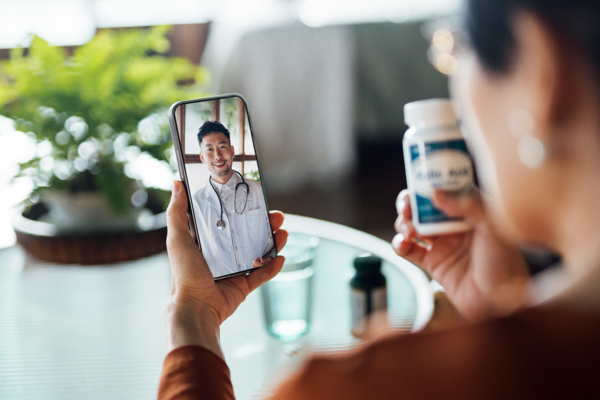2023-07-12 チャルマース工科大学

For the first time, a person with an arm amputation can manipulate each finger of a bionic hand as if it was his own. Thanks to revolutionary surgical and engineering advancements that seamlessly merge humans with machines, this breakthrough offers new hope and possibilities for people with amputations worldwide. A study in Science Translational Medicine presents the first documented case of an individual whose body was surgically modified to incorporate implanted sensors and a skeletal implant. A.I. algorithms then translated the user’s intentions into movement of the prosthesis.
◆神経を新しい筋肉のターゲットに再配分することで、生物学的な増幅器として使用することができ、多くのロボット関節を意のままに制御できるようになりました。この手術と技術の結果、腕の機能を本来の状態に復元することが可能となりました。
<関連情報>
- https://news.cision.com/chalmers/r/surgical-and-engineering-innovations-enable-unprecedented-control-over-every-finger-of-a-bionic-hand,c3804314
- https://www.science.org/doi/10.1126/scitranslmed.abq3665
電極を埋め込んだ電気神経筋コンストラクトを外科的に作成することによる義肢の制御の改善 Improved control of a prosthetic limb by surgically creating electro-neuromuscular constructs with implanted electrodes
Jan Zbinden,Paolo Sassu,Enzo Mastinu,Eric J. Earley,Maria Munoz-Novoa,Rickard Brånemark, and Max Ortiz-Catalan
Science Translational Medicine Published: 12 Jul 2023
DOI:https://doi.org/10.1126/scitranslmed.abq3665
Abstract
Remnant muscles in the residual limb after amputation are the most common source of control signals for prosthetic hands, because myoelectric signals can be generated by the user at will. However, for individuals with amputation higher up the arm, such as an above-elbow (transhumeral) amputation, insufficient muscles remain to generate myoelectric signals to enable control of the lost arm and hand joints, thus making intuitive control of wrist and finger prosthetic joints unattainable. We show that severed nerves can be divided along their fascicles and redistributed to concurrently innervate different types of muscle targets, particularly native denervated muscles and nonvascularized free muscle grafts. We engineered these neuromuscular constructs with implanted electrodes that were accessible via a permanent osseointegrated interface, allowing for bidirectional communication with the prosthesis while also providing direct skeletal attachment. We found that the transferred nerves effectively innervated their new targets as shown by a gradual increase in myoelectric signal strength. This allowed for individual flexion and extension of all five fingers of a prosthetic hand by a patient with a transhumeral amputation. Improved prosthetic function in tasks representative of daily life was also observed. This proof-of-concept study indicates that motor neural commands can be increased by creating electro-neuromuscular constructs using distributed nerve transfers to different muscle targets with implanted electrodes, enabling improved control of a limb prosthesis.
Editor’s summary
Prosthetic limbs can restore some functionality after an amputation. Remnant muscles in the residual limb often are used to generate signals to control a prosthesis. However, in individuals with an above-elbow amputation, there are too few muscles remaining to control all of the arm and hand joints in the prosthesis. Now, Zbinden and colleagues demonstrate that splitting the nerves severed by the amputation and rerouting them to remnant muscles and muscle grafts increases the number of potential control signals, enabling a patient with an above-elbow amputation to control all five fingers of a prosthetic hand. —Orla Smith


